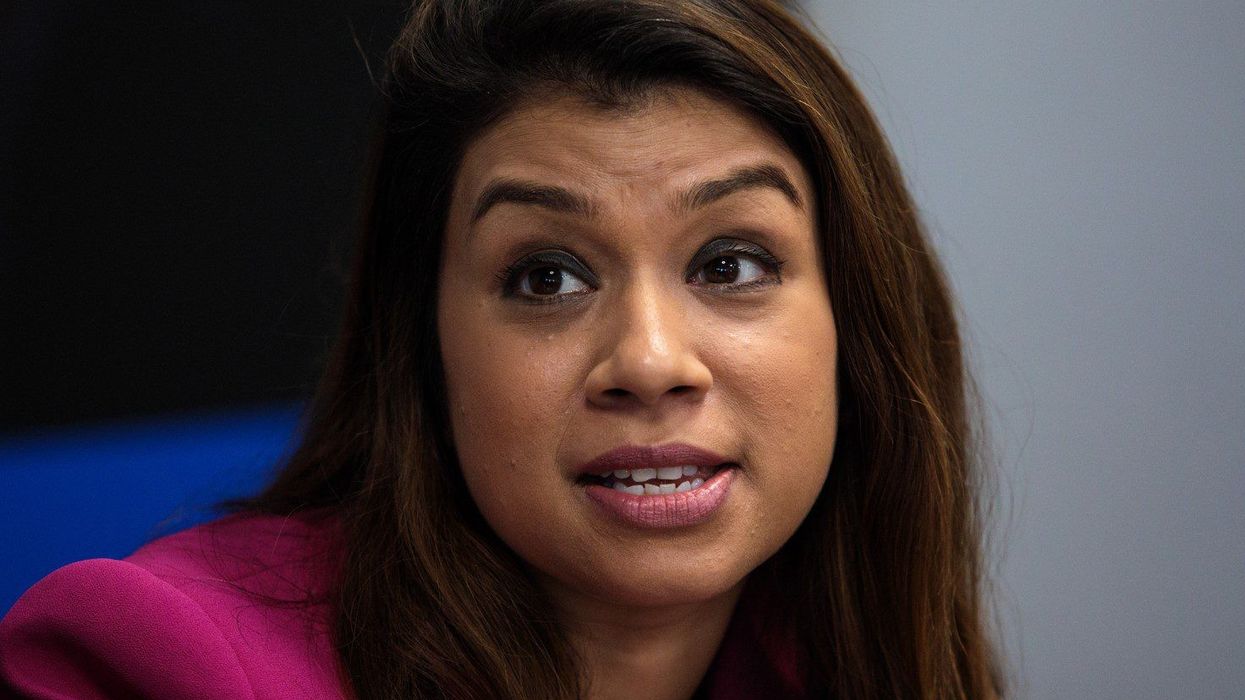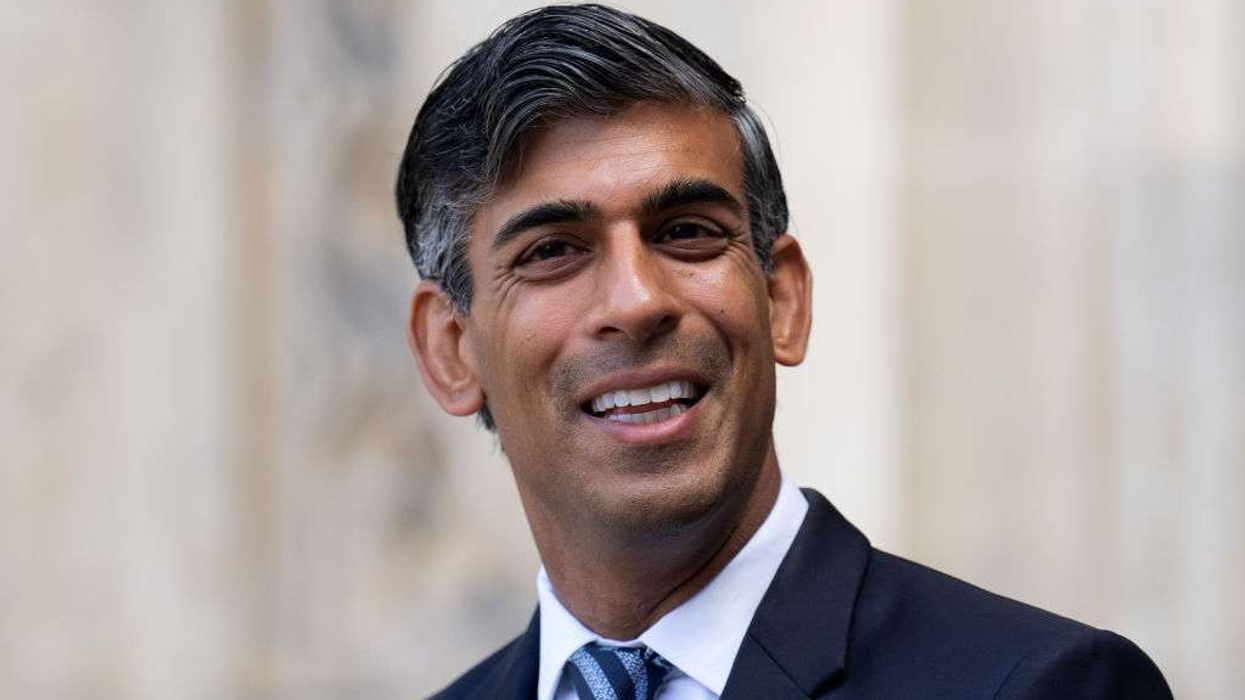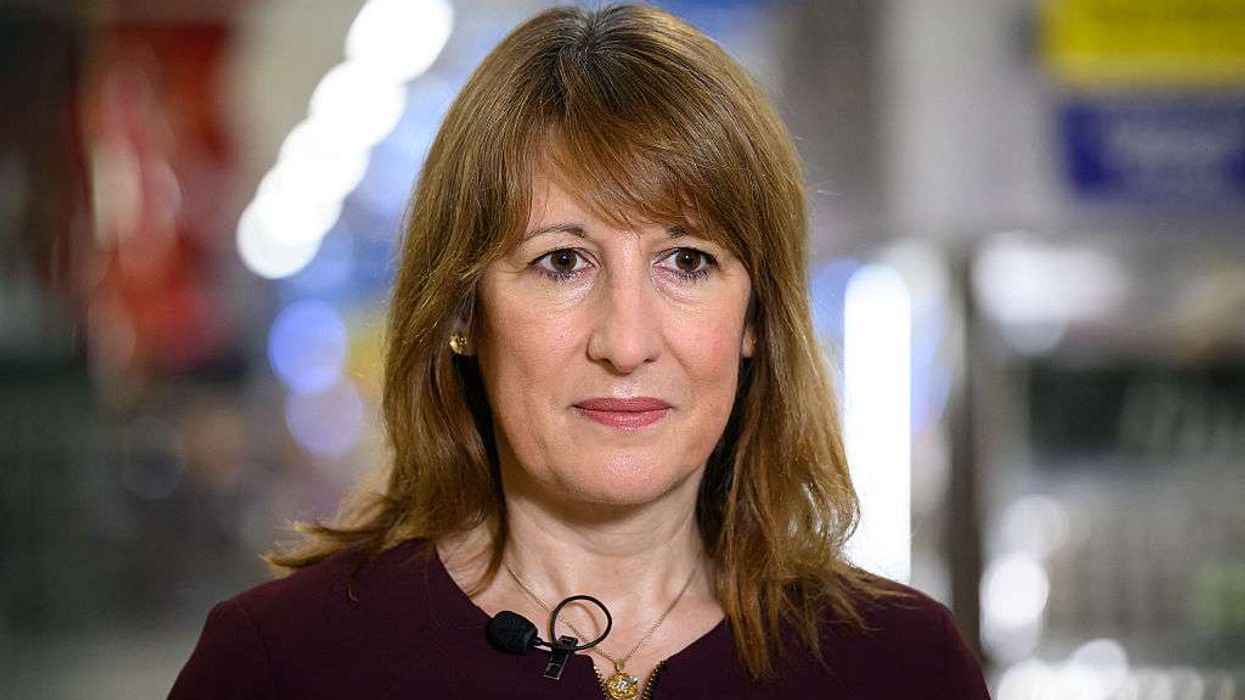THERE are more speakers of Malayalam and Tamil living outside India than within the country but outside their respective home states of Kerala and Tamil Nadu, according to a study by an Indian Institute of Management Ahmedabad (IIMA) faculty member.
Based on Census 2011 data, the research shows that Punjabi speakers are the most dispersed linguistic group in the country, while the Bengali diaspora – both internal and international – is the least dispersed. The findings are part of a paper by IIMA’s Chinmay Tumbe, recently published in the journal Sociological Bulletin.
The study mapped India’s internal and international diasporas along linguistic lines. In 2010, more than 60 million people belonged to an internal diaspora – almost three times the size of the international diaspora. Internal diaspora refers to those living in India outside their core language state, while international diaspora covers those living abroad.
“The internal diaspora is larger than the international counterpart for all major linguistic groups except Malayalam and Tamil. A third of the internal diaspora is concentrated in the ten largest Indian cities,” the study noted.
Of 4.6 million Malayali diaspora members, around three million live outside India and 1.6 million in other Indian states – making the overseas community about 1.8 times larger. The Tamil diaspora totals over 8.4 million, with 4.5 million abroad and 3.9 million within India, making the international group about 1.2 times larger.
In all other major language groups, the internal diaspora is bigger. Hindi speakers form the largest diaspora overall, at about 40 million, followed by Tamil. Punjabi speakers are the most widely dispersed, with 12.4 per cent living outside Punjab or abroad. Malayalam follows at 12.2 per cent, then Tamil at 11.5 per cent, Telugu (9.7 per cent), Gujarati (8.7 per cent), Hindi (7.5 per cent), Marathi (6.6 per cent), Kannada (4.6 per cent) and Bengali (3.7 per cent).
The Bengali diaspora was the least dispersed in 2010. Out of 97 million Bengali speakers, only 3.6 million – 3.7 per cent – lived outside West Bengal or abroad. The Telugu diaspora, linked with Andhra Pradesh and Telangana, totals eight million, seven million of whom are internal migrants. As a ratio, Telugu’s international diaspora is among the smallest.
Nearly one million Tamil internal migrants live in India’s nine largest cities, with Mumbai having the biggest share. In Madhya Pradesh in 2001, there were about 10,000 Tamil speakers in Bhopal, 6,000 in Jabalpur and 3,000 in Indore.
According to the study, Tamil migration abroad, particularly to Southeast Asia and southern Africa, began in the 19th century, while movement to north India became more common in the 20th century.
(PTI)














